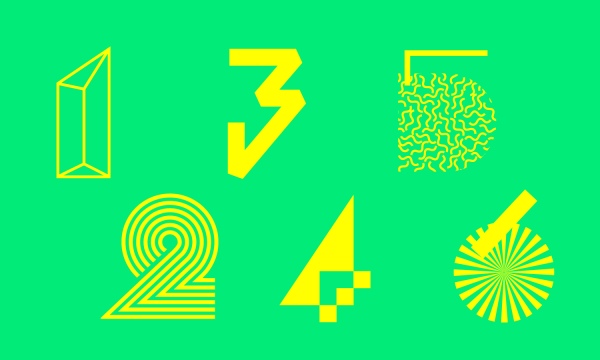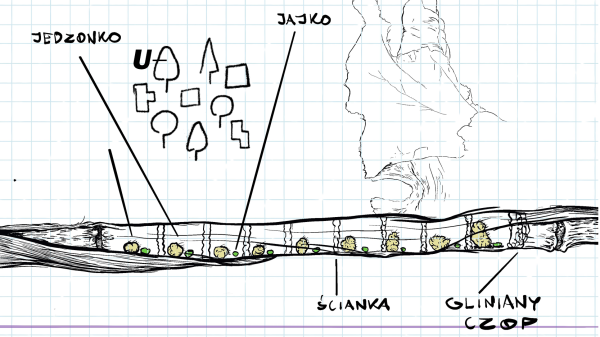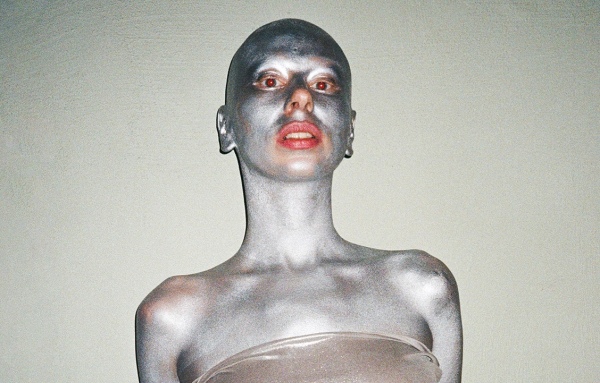Robert Mainka
In search of the lost temple: Notes to an original adventure film
What is, how does it look, and where is the mythical Underground Temple of Ascension, which is sought-after by eleven daredevils - heroes of Robert Mainka’s potential film? It is not known. Maybe it's just a metaphor, or maybe more. Perhaps this place is real, a centre of the universe, the intersection of all religions and beliefs, the Holy Grail, Enlightenment, the Amber Chamber, and the heart of darkness in one?
Despite the enormous potential of this topos, it’s not the most important in the story. Mainka’s adventure film escapes from classical narrative, a clear plot, or a readable story. Instead of focusing on the major theme, he draws attention to the periphery, avoids ambiguity in favor of enigmatic suggestions, puzzles, asking questions, and giving evasive answers. Is there something in the story that we may be certain of? We know the characters who are partaking in an expedition that is spiritual, intellectual, and physical. We possess rudimentary information about each of them, and know roughly what they do. We do not know their names. Philosopher, Geologist, Geometer, Doctor, Bricklayer, Musician, Gardener, Poet, Zoologist, and even a Jester and Complainer - each of which is represented by an enigmatic text, collection of expressive drawings, sometimes puzzling and fantastic photos, film fragments and images. The search for the hidden truth behind the characters is like following the footsteps left by an artist, tracking a spirit, or reconstructing a memory portrait.
The exhibition is a reflection of the way Mainka works, which is by dividing his work into stages. The first stage consists of collecting thoughts and images, photographing, sketching, drawing, and noting. The second stage is based on the structurization of the material, seeking order in chaos, and weaving a network of meanings between individual fragments. Mainka calls this process the development of the film. It is only after this stage that the exhibition is held. Afterwards, there is only the production and projection. For his work, the artist chose his favorite polycentric composition, in which each hero is the main; there are no secondary characters. "The artist should utilize the energy of all eleven characters, which my heroes represent, and the twelfth, the observer’s. He can be, for example, an artist-geologist, but then he forgets that life is also comprised of fun moments. He can be an artist-jester, but then he does not use the power of the artist-bricklayer, i.e. the revolutionary, and so forth." – explains Mainka. But let us ask again: what is the Underground Temple of Ascension, which they are all trying to find? Maybe its name implies the definition? Because after all, how is it possible for something that is underground to facilitate a departure towards heaven?
- Text
- Marcin Krasny













